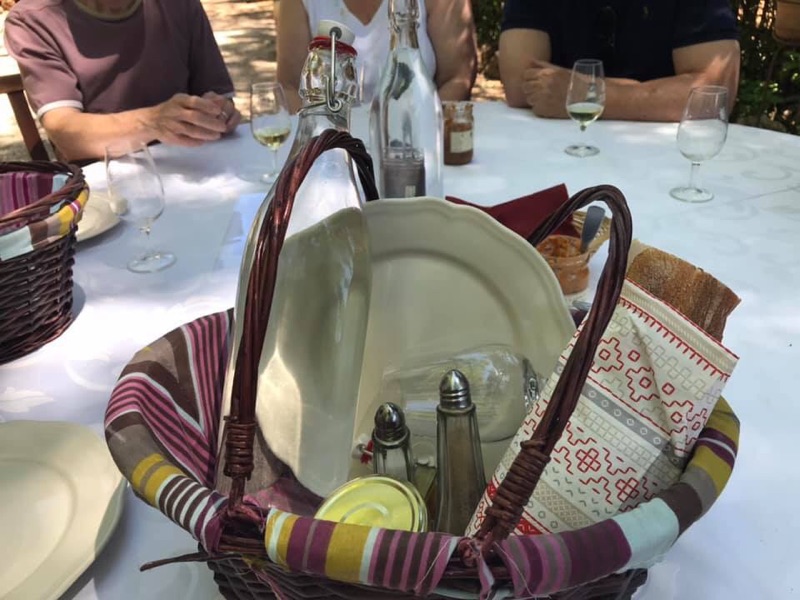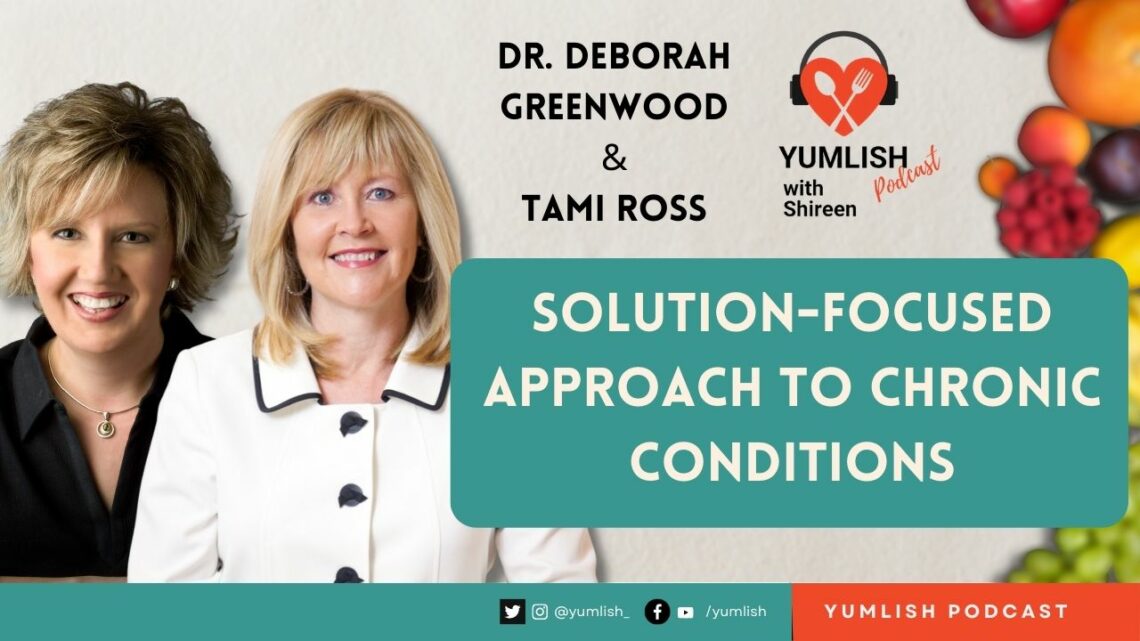“Oh, yes. The past can hurt. But the way I see it, you can either run from it…or learn from it.“
~Rafiki from The Lion King

The quote above from the movie The Lion King is a favorite of Tami’s, as she watched the movie a gazillion times with her son when he was growing up. For those of you Lion King fans, doesn’t the picture above look something like Pride Rock in the movie? Actually this rock formation above is in Meteora, Greece (rather than Africa) and Deb captured this picture back in the summer.
So how can we learn from the past rather than run from it? What we term “mental toughness” definitely plays a role. You might think of mental toughness as determined, resolute or strong-willed. When we think about mental toughness, the Navy SEALS come to mind. They are fearless because of the training they go through. While in San Diego this time last year, Tami witnessed with fascination a group of SEALS training on one of the beaches.
Diabetes impacts mental and psychological well-being. Just as the SEALS progressively build strength and mental toughness, so can individuals with diabetes train their mental toughness.
We like to think of mental toughness like a muscle – the more it’s exercised, the stronger it becomes. It’s been noted that threats to mental toughness include perfectionism, negative self-talk, self-doubt, and the inability to control emotions and fear. To help hold off those threats today we share 5 ways to cultivate mental toughness.
5 ways to cultivate mental toughness
1- Embrace a “progress not perfection” mindset. Learn from the past, not run from it. Learn what worked and what didn’t. We wrote about adopting the “progress, not perfection” mindset here. This mindset encourages focus on smaller achievements…instead of focusing solely on the end goal. It can help us lean into the realistic and practical, and acknowledge, accept and enjoy things.. even if they aren’t perfect. Managing diabetes is not about being “perfect”. Life happens. But progress is the goal. For instance, progress toward achieving a healthy A1C or progress toward spending more time in range.
2- Use affirmations. Life with diabetes is without a doubt challenging on many levels. It’s critical to be good to yourself and keep self-talk positive. One way to to do that is through using affirmations. I will not worry. I have no need for fear. Read more about the power of affirmations and some of our favorite most impactful affirmations in our blog here.
3- Practice mindfulness. You may have seen the results of a meta-analysis published in Diabetic Medicine which showed that mindfulness and acceptance-based approaches to diabetes education may more effectively reduce A1C levels, anxiety, depression, and diabetes distress than education as usual. This impact was noted both immediately and up to 1-month post intervention. Mindfulness improves the ability to slow down and choose a response that works for you rather than to quickly react off the cuff. In helping your clients find what works for them, and build on that, mindfulness apps can be another tool in your solution-focused “tool box”. We shared some favorite mindfulness apps in our blog here.
4- Keep a journal. Sometimes the simple act of writing things down so we can see them allows us to consciously and unconsciously start working through them. We’ve shared some of our personal experiences with journaling and how it’s benefited us here and here. This can be a small step toward feeling in control, when things may otherwise feel out of control.
5- Embrace the power of “can do”. When faced with a challenging situation, rather than fearing it and running from it, approach it with a “can do” perspective. Reflect on the past. If you HAVE done it in the past, you KNOW you can do it, so you CAN do it again and you WILL do it. Find more reflections on “When life gives you lemons” in our blog here. Encourage clients to learn from the past. Think about and celebrate the successes (even small ones) they’ve had managing diabetes. Recalling the good stuff helps get through the tough times.
Another point of view in Meteora, Greece
We welcome anyone interested in our approach to Subscribe to our blog and we’ll email you when a new post is published!
If you are a health care professional and interested in learning more about our solution-focused practice and approach, when you subscribe to our blog, we’ll send you in return a FREE resource of 10 Solution-Focused Questions to start a solution-focused discussion with your clients.
Follow us on Twitter @AFreshPOVforYou
Deb is employed by Dexcom, but her words and opinions in this blog are her own.
Tami is employed by the University of Kentucky HealthCare Barnstable Brown Diabetes Center, but her words and opinions in this blog are her own.















